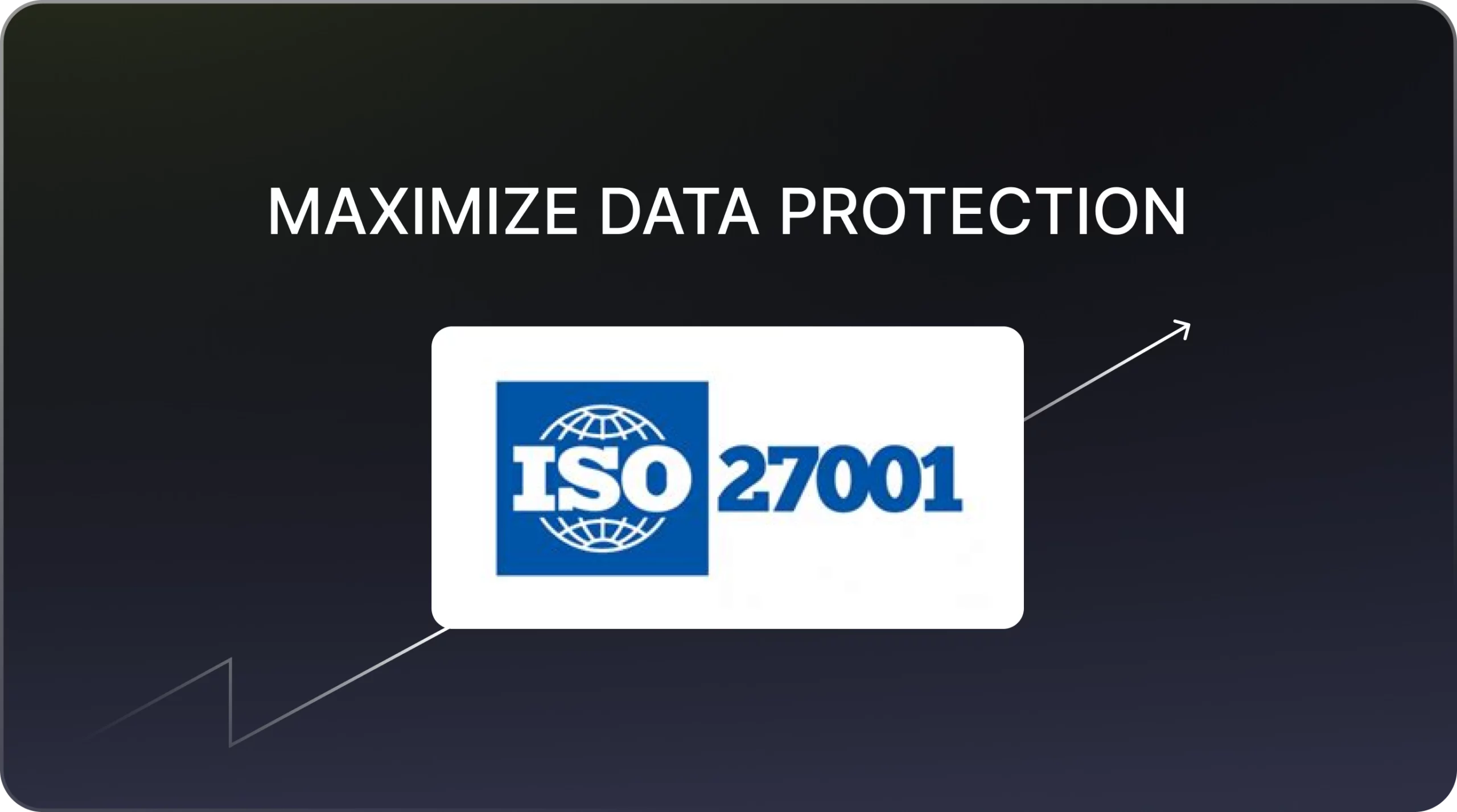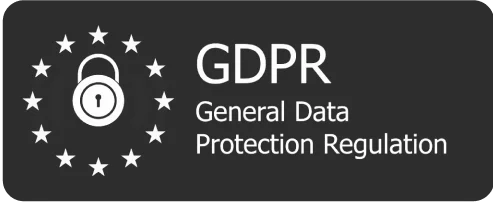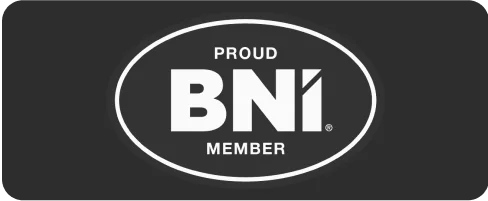ISO 27001 is an international standard that outlines the requirements for an information security management system (ISMS). The standard provides a framework for organizations to establish, implement, maintain, and continually improve their information security management.
The main purpose of ISO 27001 is to ensure the confidentiality, integrity, and availability of an organization’s information assets. It helps organizations to protect their information from unauthorized access, use, disclosure, disruption, modification, or destruction. The standard provides a systematic and risk-based approach for organizations to identify, assess, and treat information security risks.
ISO 27001 is based on the Plan-Do-Check-Act (PDCA) cycle, which is a continuous process of planning, implementing, reviewing, and improving an ISMS. The standard requires organizations to follow a set of guidelines and principles that include:
- Establishing the scope of the ISMS: This involves defining the boundaries and applicability of the ISMS, as well as identifying the internal and external issues that may affect the ISMS.
- Identifying and analyzing information security risks: This involves identifying the information assets that need to be protected, assessing the likelihood and impact of potential threats and vulnerabilities, and evaluating the effectiveness of existing controls.
- Implementing controls: This involves selecting and implementing appropriate controls to address the identified risks, as well as establishing procedures for monitoring and reviewing the effectiveness of the controls.
- Reviewing and continually improving the ISMS: This involves regularly reviewing the ISMS to ensure it is meeting the organization’s objectives, and making necessary improvements to the ISMS based on the findings of the review.
ISO 27001 is designed to be compatible with other management system standards, such as ISO 9001 (quality management) and ISO 14001 (environmental management). This allows organizations to integrate their ISMS with their other management systems to create a more efficient and effective management system.
Here are some best practices for implementing an information security management system (ISMS) based on the ISO 27001 standard:
- Establish a clear scope and boundaries for the ISMS: Define the scope of the ISMS, including the scope of the information security management system, the information assets to be protected, and the organizational units and locations covered by the ISMS.
- Identify and assess information security risks: Identify the information assets that need to be protected, assess the likelihood and impact of potential threats and vulnerabilities, and evaluate the effectiveness of existing controls.
- Select and implement appropriate controls: Select and implement controls based on the identified risks and the organization’s risk appetite. The controls should be appropriate to the level of risk and should be reviewed and updated regularly.
- Document the ISMS: Document the ISMS policies, procedures, and guidelines, as well as the controls that have been implemented.
- Communicate the ISMS: Communicate the ISMS policies, procedures, and guidelines to all employees, contractors, and other stakeholders.
- Monitor and review the ISMS: Regularly monitor and review the ISMS to ensure it is meeting the organization’s objectives and to identify opportunities for improvement.
- Continually improve the ISMS: Continually improve the ISMS based on the findings of the review and any changes to the organization’s information security risks.
It is important to keep in mind that the ISMS should be tailored to the specific needs and risks of the organization, and should be regularly reviewed and updated to ensure it remains effective.
To demonstrate compliance with ISO 27001, organizations can undergo a third-party certification process, in which an independent certification body evaluates the organization’s ISMS to ensure it meets the requirements of the standard.
In summary, ISO 27001 is a comprehensive standard that provides a framework for organizations to establish, implement, maintain, and continually improve their information security management. It helps organizations to protect their information assets from unauthorized access, use, disclosure, disruption, modification, or destruction, and to ensure the confidentiality, integrity, and availability of their information.



